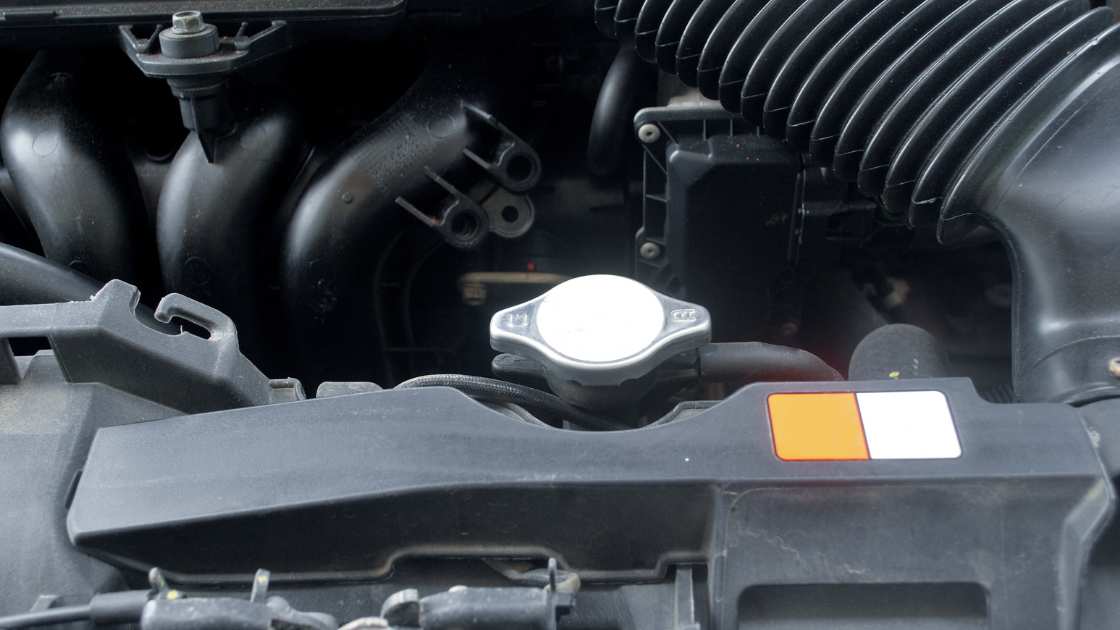As a car owner, it’s important to keep your vehicle running smoothly and efficiently. One key component of your car’s engine is the radiator, which helps regulate the engine’s temperature. Over time, debris and dirt can build up in the radiator, which can reduce its effectiveness. One way to address this is through a radiator flush, which involves draining and cleaning out the old coolant and debris from the radiator. But, how long can radiator flush be left in? In this article, we’ll explore this question and provide some tips for ensuring your radiator flush is effective.
Understanding Radiator Flush
A radiator flush is a process where the old coolant and debris are removed from the radiator and replaced with fresh coolant. The process involves using a radiator flush solution that helps break down and remove the buildup of dirt and debris in the radiator. Once the solution has been added to the radiator, it’s important to let it sit for a certain amount of time to allow it to work effectively.
How Long Can Radiator Flush Be Left In?
The amount of time that a radiator flush should be left in varies depending on the type of solution being used. Generally, most radiator flush solutions should be left in for about 10-15 minutes. This is typically enough time for the solution to break down any buildup and allow it to be flushed out.
However, it’s important to always follow the instructions provided by the manufacturer of the solution you’re using. Some solutions may recommend leaving the flush in for a longer period of time, while others may recommend a shorter duration. Always refer to the manufacturer’s instructions for the specific flush solution you’re using.
What happens if Radiator Flush is Left in for Too Long?
If a radiator flush is left in for too long, it can cause damage to the radiator and other components of the engine. This is because the solution can become corrosive and eat away at the metal in the radiator. It can also cause damage to the hoses and other components of the cooling system.
To prevent damage to your car’s engine, it’s important to always follow the recommended duration for the radiator flush solution you’re using. If you’re unsure of how long to leave the solution in, consult the manufacturer’s instructions or speak with a qualified mechanic.
FAQ’s
How long can a radiator flush be left in before it needs to be drained?
The recommended time for leaving radiator flush in varies depending on the type of solution being used. Generally, most radiator flush solutions should be left in for about 10-15 minutes. It’s important to always follow the instructions provided by the manufacturer of the solution you’re using to prevent damage to your car’s engine.
What happens if radiator flush is left in for too long?
If a radiator flush is left in for too long, it can become corrosive and eat away at the metal in the radiator, causing damage to the radiator and other components of the engine. It can also cause damage to the hoses and other components of the cooling system. To avoid damage to your car’s engine, always follow the recommended duration for the radiator flush solution you’re using.
Can I leave a radiator flush in for a shorter period of time than recommended?
It’s not recommended to leave a radiator flush in for a shorter period of time than recommended, as it may not be effective in breaking down and removing the buildup of dirt and debris in the radiator. Always follow the instructions provided by the manufacturer of the solution you’re using to ensure a successful radiator flush.
Conclusion
A radiator flush is an important part of keeping your car’s engine running smoothly and efficiently. It’s important to use a quality flush solution and follow the manufacturer’s instructions for the duration of the flush. Generally, a radiator flush should be left in for about 10-15 minutes, but this can vary depending on the solution being used. Always err on the side of caution and avoid leaving the flush in for too long, as it can cause damage to your car’s engine.

Alisa Perry is a writer, driver, and expert on all things car-related. Based in Portland, she has dedicated her career to helping others learn the basics of driving, and is passionate about sharing her knowledge with as many people as possible. With years of experience behind the wheel, Alisa is a trusted voice in the driving community, and is always eager to help others improve their skills and become safer, more confident drivers.





